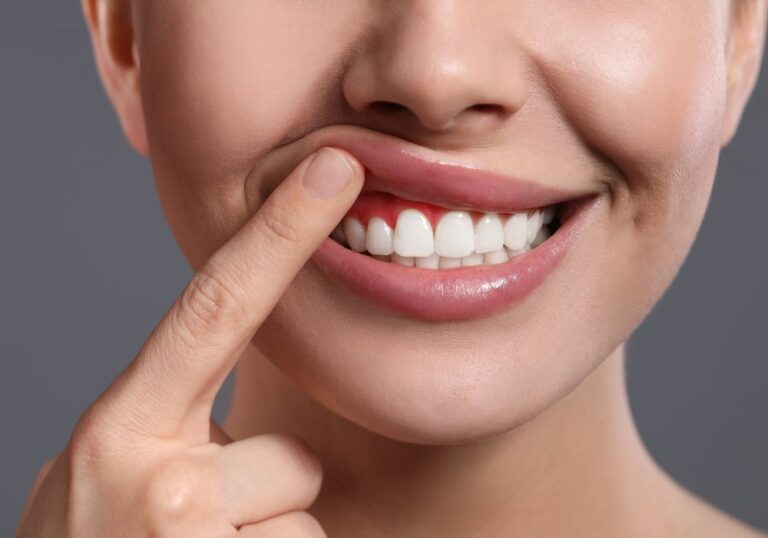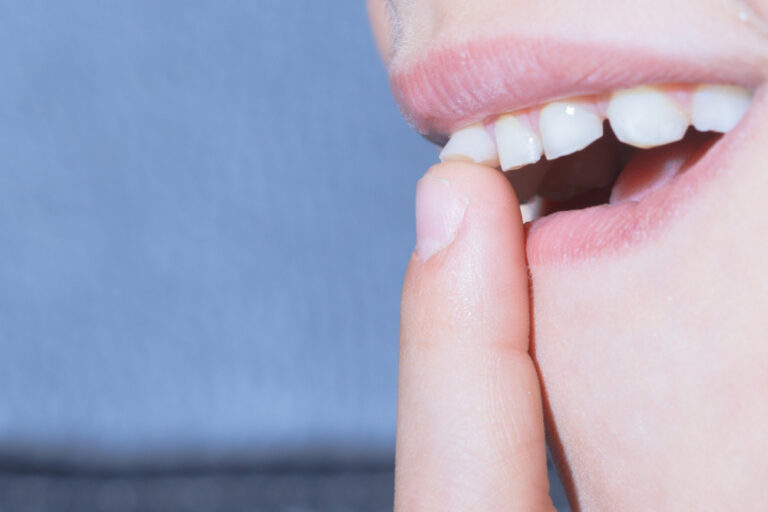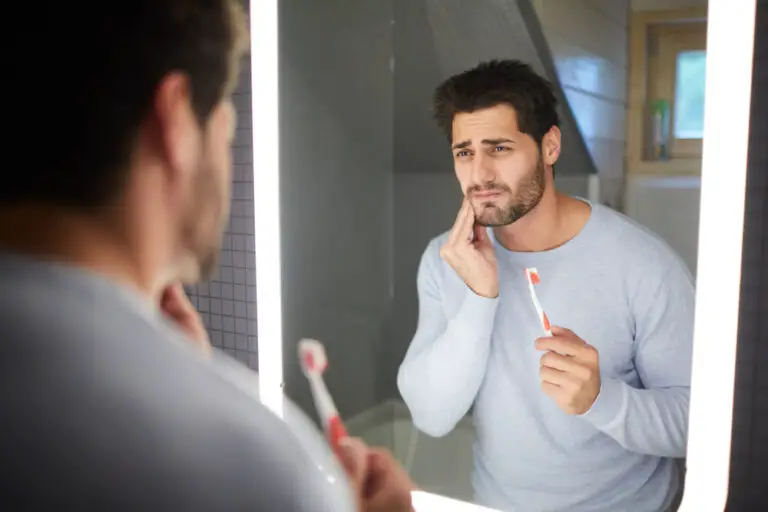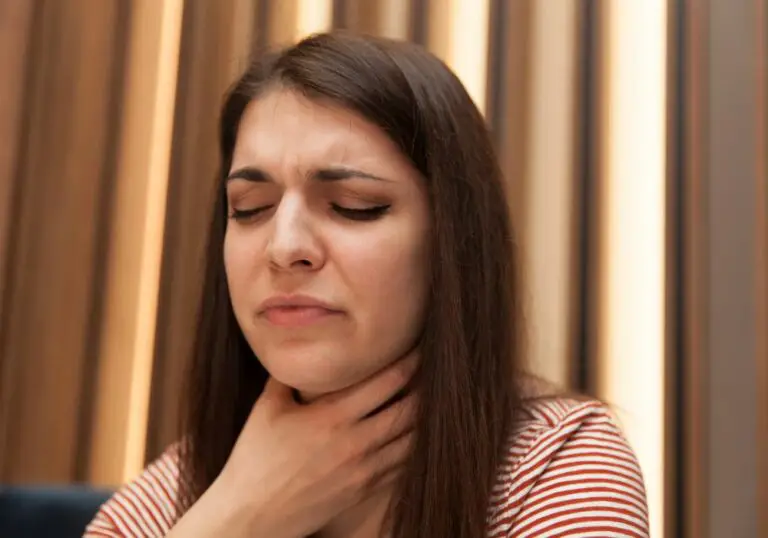Toothaches can range from a mild discomfort to severe, throbbing pain that makes it difficult to function. A throbbing toothache often indicates pulp inflammation inside the tooth’s nerve center. This is usually caused by tooth decay, a cracked tooth, gum disease, or trauma. While a throbbing toothache is unpleasant, the good news is that in many cases, it will go away on its own or can be treated. This article explores the causes of throbbing tooth pain and when it may resolve or require dental treatment.
What causes throbbing tooth pain?
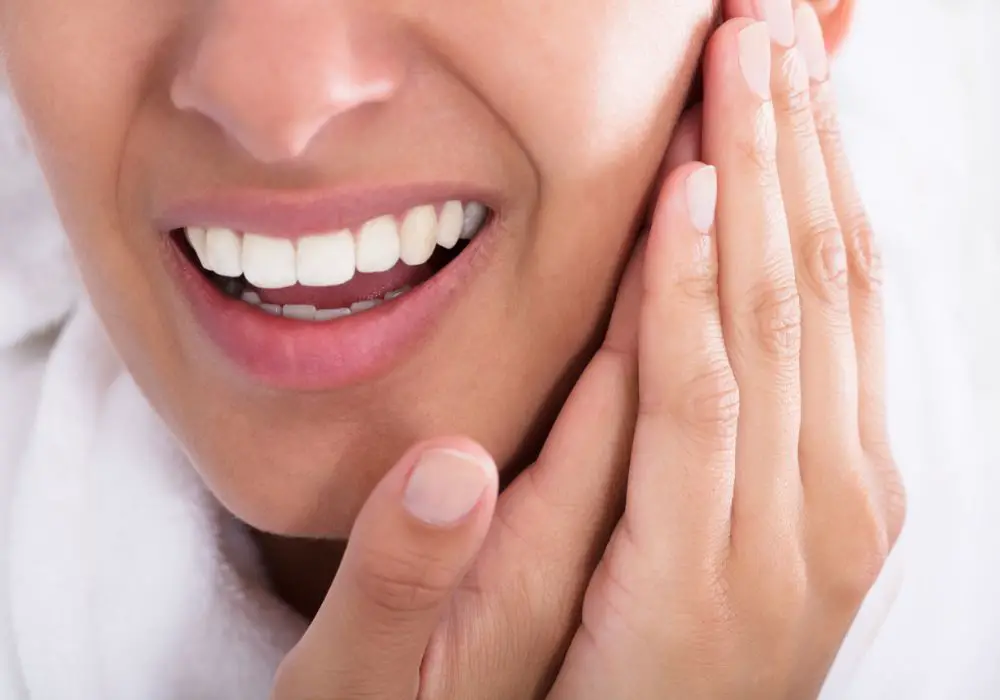
There are several potential causes of a throbbing toothache:
Tooth decay
Tooth decay occurs when acids produced by plaque bacteria erode through the enamel and dentin layers of the tooth. Enamel is the hard, outer white covering, and dentin is the yellowish layer under the enamel. Once decay reaches the inner pulp tissue, the nerves become irritated and inflamed. This can cause episodic or continuous throbbing pain, especially in response to hot or cold foods and drinks. The pain may start mild but increase as the decay advances deeper.
Cracked or broken teeth
Cracks in the teeth that extend down to the pulp can allow bacteria to enter and irritate the tooth’s nerve. Vertical root fractures are cracks that begin in the root and extend up the inside of the tooth. More commonly, cracks happen in the chewing surface of a tooth, often caused by chewing excessively hard foods, teeth grinding, or trauma. Temperature changes or chewing can trigger sharp throbbing pain from a cracked tooth.
Dental abscess
A dental abscess is a pocket of pus caused by a bacterial infection. Abscesses most often develop from advanced tooth decay or failed root canal therapy. The pus builds up inside the tooth or gums, putting pressure on the root and nerve. This leads to intense, constant throbbing pain. The pain may be made worse by tapping on the tooth or lying down.
Gum disease
Periodontal disease comes in stages, from gingivitis to periodontitis. Inflamed, infected gums pull away from the tooth, creating pockets that allow more bacteria to accumulate and advance the disease. The destruction of gum tissues and jaw bone eventually exposes more of the tooth root and nerve endings, causing increased sensitivity and throbbing pain.
Sinusitis
With maxillary sinusitis in the upper jaw, congestion and swelling of the sinus cavities can put pressure on the upper back teeth. This may cause a dull, throbbing ache in those teeth that feels similar to a toothache. Sinus toothache is often mistaken for a problem with the teeth themselves.
Bruxism
Habitual teeth grinding or clenching (bruxism) puts excessive biting force on the teeth. This can lead to fractures, chipping, loosening, or pulp damage. The symptoms include tooth sensitivity, discomfort, and throbbing pain. Pain usually occurs with chewing or upon waking after a night of bruxism.
When will a throbbing toothache go away on its own?

A throbbing toothache may resolve on its own if it is caused by a minor, temporary issue like:
- Sensitivity to hot or cold foods and drinks – This is often due to mild inflammation of the pulp that will calm down once the temperature stimulus is removed. Avoiding exacerbating foods and proper oral hygiene helps resolve temporary sensitivity.
- Minor gum irritation or canker sores – Gentle brushing and using topical numbing gels can alleviate discomfort from gum abrasions or mouth ulcers. The pain usually resolves fully within 7-10 days as irritation heals.
- Early stage cavity without nerve involvement – If decay is superficial and hasn’t reached the dentin or pulp, reducing plaque and avoiding sugary foods may enable the tooth to remineralize itself. However, cavities should be professionally treated.
However, more serious causes like deep decay, infections, cracks reaching the pulp, or injured pulp tissue will not get better without treatment. Leaving these conditions unchecked allows them to worsen over time.
Getting professional dental treatment
While some mild throbbing discomfort may go away on its own, it’s recommended to seek prompt dental treatment for:
- Constant, severe throbbing tooth pain that disrupts sleep and daily life
- Swelling and tenderness in gums around the painful tooth
- Tooth that is highly sensitive to hot/cold temperatures
- Tooth with a cracked surface, unusual color change, or pain when chewing
- Loose tooth or severe gum inflammation
- Fever, headache, earache, sinus pain, or neck/jaw pain along with the toothache
The dentist will perform an oral exam, looking for visual signs of decay, cracks, gum disease, or dental injuries. They may tap on teeth to test for sensitivity and take X-rays to check for hidden problems. Common treatments for throbbing toothaches include:
- Fillings – Removing decayed areas and restoring the tooth with composite resin or amalgam fillings.
- Root canal – If the pulp is infected, the pulp is removed and the interior cleaned and sealed. This saves the tooth.
- Crown – A damaged tooth may be covered with a crown cap to protect and strengthen it.
- Extraction – A non-restorable severely damaged tooth may need to be pulled.
- Medications – Antibiotics, pain relievers, or anti-inflammatories may be prescribed.
- Night guard – A mouthguard prevents damage from bruxism and clenching.
- Dental surgery – Surgery may be needed to drain abscesses or expose impacted teeth.
The dentist will determine the most appropriate treatment to resolve the cause of pain and prevent the problem from returning. Leaving a throbbing toothache unchecked can have serious consequences, so dental care is essential.
When to see a doctor
You should seek prompt medical care if a toothache is accompanied by:
- Difficulty breathing, swallowing, or opening the mouth fully
- Fever over 101°F, chills, nausea/vomiting, dehydration
- Severe, unrelenting pain or intense swelling in the face/jaw
- Red streaks from the gums towards the face or neck
These symptoms may indicate a dental abscess or infection spreading deeper into facial tissues, bones, or toward the brain. Dental infections very rarely become life-threatening, but it is still vital to receive urgent medical care. Seeing a doctor ensures rapid treatment with intravenous antibiotics or antibiotics shots to resolve the infection before it spreads systemically or to vital organs.
Home remedies for temporary toothache relief

While home remedies cannot cure tooth problems, some options to temporarily alleviate throbbing tooth pain until seeing a dentist include:
- OTC pain medication – Anti-inflammatories like ibuprofen (Advil, Motrin) or acetaminophen (Tylenol) help relieve pain. Follow dosage guidelines.
- Cold compress – Applying an ice pack or cold cloth to the cheek by the painful tooth minimizes swelling.
- Salt water rinse – Swishing warm salt water helps keep the area clean of food debris.
- Dental wax – Placing orthodontic wax over a sharp tooth edge can protect it.
- Clove oil – Clove oil contains eugenol, which numbs dental pain. Apply it to the sore tooth.
- Avoid temperature extremes – Hot and cold foods make symptoms worse, so avoid these.
However, these home remedies only offer temporary relief. See a dentist promptly if throbbing pain persists more than 1-2 days without improvement.
Frequently asked questions about throbbing tooth pain
Here are answers to some common questions about dealing with a throbbing toothache:
Q: How long can a toothache last before it becomes a dental emergency?
A: You should seek emergency dental care if severe tooth pain or throbbing lasts more than 1-2 days without improvement. A persistent toothache over several days indicates a problem needing urgent dental evaluation and treatment.
Q: Can a throbbing toothache come and go?
A: Yes, it is possible for the pain to fluctuate in severity or temporarily subside with temperature changes or using numbing medication. However, any significant throbbing that does not permanently resolve within a couple days requires professional dental care.
Q: What side of the mouth does a problematic tooth cause pain on?
A: Most often, tooth and jaw pain are felt on the same side as the affected tooth. However, sometimes dental pain refers to other areas, making the source difficult to identify. The dentist will thoroughly examine all your teeth to pinpoint the culprit.
Q: Can a sinus infection cause throbbing tooth pain?
A: Yes, sinus infections and congestion can radiate pain that feels like an upper back toothache. If you suspect a sinus issue, see your doctor to treat the respiratory illness. Proper diagnosis ensures you receive appropriate care.
Q: When is emergency dental treatment absolutely needed for a toothache?
A: Seek emergency dental care promptly if you have a high fever, trouble breathing or swallowing, or severe facial swelling along with a toothache. This may indicate a spreading infection that can become life-threatening without urgent antibiotic treatment. Call 911 if breathing problems occur.
Conclusion
In summary, throbbing tooth pain often stems from dental problems like cavities, cracks, gum disease, or trauma affecting the tooth’s inner nerve tissues. Mild sensitivity may resolve once the irritation subsides. However, persistent, severe throbbing usually necessitates professional dental treatment. Promptly seeing a dentist for diagnosis and care can relieve the pain, save the tooth, and prevent dangerous complications. Using self-care measures can temporarily ease discomfort until a dental visit is possible. With proper and timely treatment, troubling toothaches don’t have to last long.

